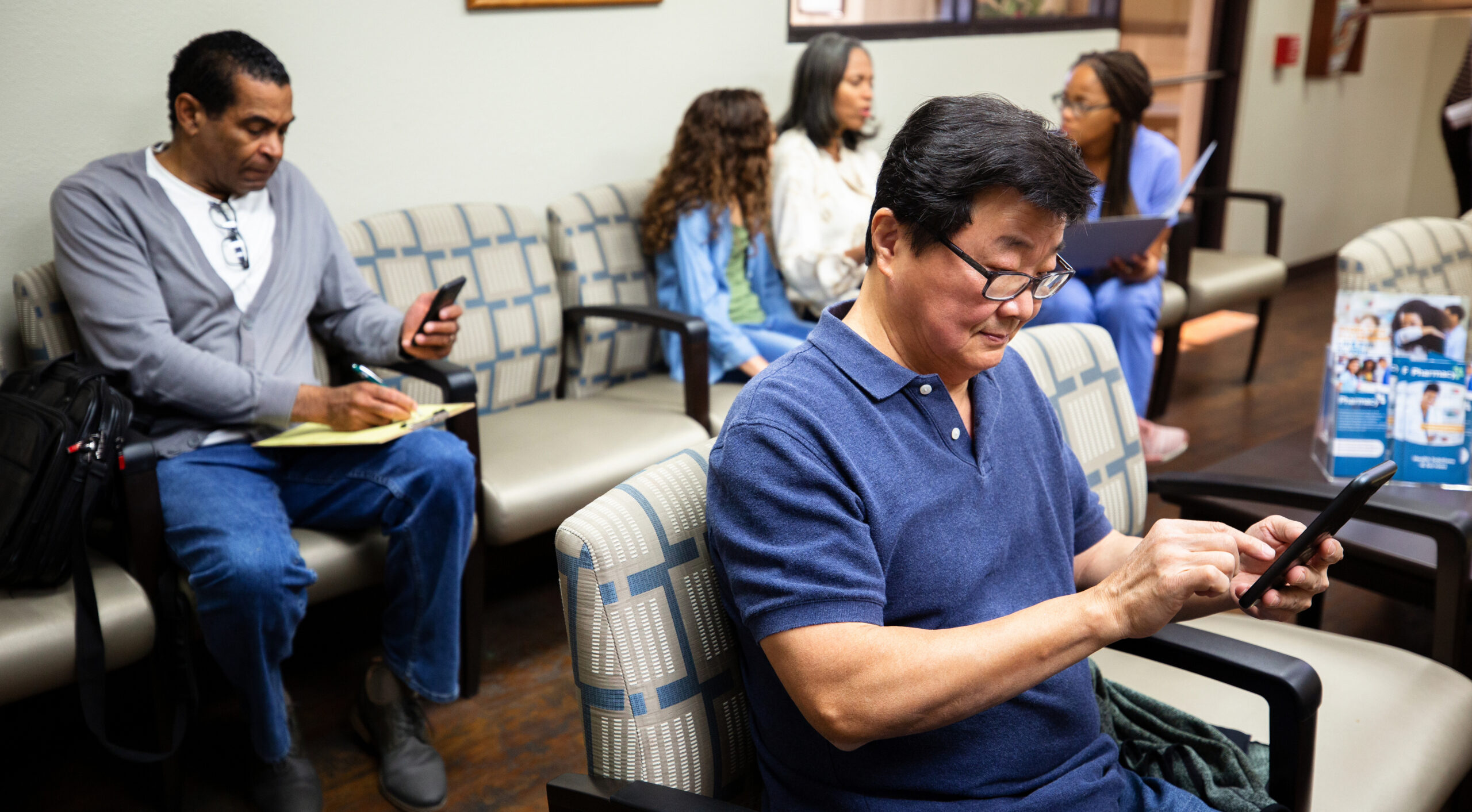In previous posts of this series, we discussed several benefits of using telehealth during COVID-19 spikes and beyond – including addressing healthcare inequality, how telehealth works in tandem with remote patient monitoring and asynchronous care, and how it helps keep patients connected when elective procedures are deferred due to capacity issues. Here, we discuss the financial benefits to providers of using telehealth, especially relevant today as they struggle to stay afloat during tough economic times.
A report from the American Hospital Association estimates that hospitals could lose more than $323 billion in 2020, with $120.5 billion in losses occurring in the second half of the year:
“Factors including public concern that the risk of COVID-19 infection is high and a number of states continuing to maintain certain restrictions…have led to historic reductions in hospital inpatient and outpatient volumes, which have in turn driven drastic reductions in revenues and margins – all of which can impact hospitals’ and health systems’ abilities to serve their communities.”
At the same time, with the volume of telehealth visits rapidly increasing, the report estimates that up to $250 billion of current U.S. healthcare spend could be shifted to virtual or near-virtual care.
How Can Telehealth Services Help Providers Create Revenue?
Centers for Medicare and Medicaid Services (CMS) and other commercial insurers are maintaining seamless billing and reimbursement for telehealth services, allowing providers to manage increased demand for telemedicine visits throughout the pandemic.
At the onset of COVID-19 in March of 2020, Medicare agreed to temporarily reimburse telehealth visits at the same rate as in-person appointments, with telehealth defined as “the exchange of medical information from one site to another through electronic communication to improve a patient’s health.” In October of 2020, CMS added 11 new services to the list of those covered at the same rate as in-person appointments. Just this week, CMS added more than 60 additional services that will continue to be covered beyond the COVID-19 crisis, and they are currently evaluating whether to add more codes in the future.
These reimbursements have and will continue to enable providers to make telehealth options more accessible to their patients and community. Seema Verma, administrator for CMS said this week in a CMS press release:
“The pandemic accentuated just how transformative (telehealth) could be, and several months in, it’s clear that the healthcare system has adapted seamlessly to a historic telehealth expansion that inaugurates a new era in healthcare delivery.”
All signals indicate that telehealth will remain an important modality of care delivery and that virtual visits will make up an increasingly larger percentage of a provider’s revenue. Initially, providers may not have seen the long-term implications of shifting to telehealth and their approaches to implementing these services were not efficient, nor were they properly integrated with other patient data and information. As a result, many healthcare systems are now looking for ways to augment their telehealth and virtual visit strategy and streamline these services across the entire patient journey. They are recognizing that telehealth is here to stay and presents a significant financial opportunity for them.
Patient Communication and Engagement are Key
While telehealth options have seen a surge nationwide, many patient populations still lack the awareness and understanding to appropriately utilize them. Common challenges for telehealth visits are that patients may not have reliable internet access where they live, forget about their appointments, or have difficulty logging on if they don’t receive assistance and reminders.
There are many ways CipherHealth customers are using automated patient engagement to augment their telehealth programs and address these challenges. These include:
- Sending broadcast messaging to their entire patient population to explain their telehealth options and how to access them. This can be particularly effective in areas where internet access is poor, helping to bridge the gap in healthcare inequalities and reach more patients via their smartphones.
- Offering patients the option to schedule an appointment with a telehealth provider using automated calls and text messages. These may include mental health appointments, which are surging due to heightened levels of stress, anxiety, and depression during COVID-19. (CommunityHealth, a CipherHealth customer, saw a 75% increase in referrals to their counseling program since March.)
- Letting patients know when their telehealth appointment is scheduled, how to access it, and any information they may need in advance to maximize their appointment time
- Sending an automated reminder a few days before a patient appointment with an option to cancel or reschedule it, which frees up the time slot to be backfilled with another patient
- Follow up with patients post-discharge or post-visit to ensure they understand and are adhering to their care plans, see if there are any issues they would like to discuss, and schedule a new appointment via telehealth if needed
These conversations can all lead to more telehealth appointments being scheduled and documented with the appropriate CPT codes in order to receive reimbursement, without placing additional burden on our already over-taxed nurses and healthcare workers.
Learn more about how CipherHealth is helping hospitals and providers augment their telehealth options and maximize healthcare reimbursements during COVID-19 and beyond.
See all articles in our series on telehealth and patient engagement.








